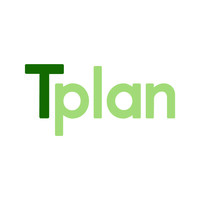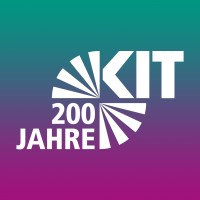Rail traffic across Europe is expected to grow significantly in the coming years, and the sector is preparing accordingly.
In line with the EU’s climate and mobility goals, measures are being taken to ensure that rail infrastructure can meet this increased demand.
To support these efforts, the European Transport Market Study (ETMS) will deliver data-driven insights into long-term mobility trends, supporting strategic decisions on optimising existing rail capacity and planning future infrastructure.
Forecasting Growing Demand
The European Commission has announced ambitious strategic growth targets for rail transport by 2030:
- A 100% increase in long-distance passenger transport
- A 50% increase in rail freight volumes
However, the available infrastructure capacity is increasingly becoming a limiting factor.
The Role of the European Transport Market Study (ETMS)
Previously, the Rail Freight Corridors (RFCs) conducted Transport Market Studies (TMS), following the RFC Regulation.
The draft Capacity Regulation now proposes that a central European Transport Market Study (ETMS) be executed at regular intervals by the future Network Coordinator – a role RNE is preparing to take on.
The ETMS represents an in-depth research effort aimed at identifying current and future demand for long-distance, cross-border passenger and freight services on the European rail network.
The study will analyse overall mobility market demand and assess, which mobility needs could realistically be covered by rail, producing forecasts to support future strategic planning efforts.
ETMS Building on RFC TMSs and Feasibility Study Findings
Between 2025 and 2027, the first iteration of the ETMS will be created by:
- Integrating the outcome of the RFC TMSs concluded in 2024 for freight traffic
- Extending the scope by including passenger traffic, based on an extended feasibility study previously carried out by RNE
It is anticipated that the ETMS project will have an overall duration of 30 months and be concluded before the end of 2027.
Please find more information on the background and development of the ETMS on our dedicated webpage.
ETMS Methodology
For the ETMS, RNE has adopted a state-of-the-art methodology based on recent academic research into Transport Network Design and Frequency Setting Problems (TNDFSP).
The chosen approach models the behaviour not only of passengers, but also of rail operators. It will provide a robust basis to forecast
- passenger numbers
- train frequency needs,
- and key train routes,
providing better insights into future infrastructure and rolling stock requirements to power well-informed capacity planning decisions.
Tender and ETMS Partners
In early 2025, RNE launched a tender to procure expert support for the development of the ETMS.
Following the outcomes of this ETMS tender, RailNetEurope has awarded a contract to the consultant consortium of:
- Panteia (the Netherlands) and their partners
- Tplan (Italy)
- Karlsruhe Institute of Technology (KIT) (Germany)
- Haskoning (the Netherlands).
Stakeholder Involvement
The success of the ETMS relies on active stakeholder engagement throughout the project.
RNE will conduct consultations at key stages of the project, with valuable input also provided by the EuroLink Working Group, composed of experts in strategic capacity planning from RNE member Infrastructure Managers (IMs) and Allocation Bodies (ABs).
RNE looks forward to delivering meaningful outcomes as the ETMS progresses and will continue to provide updates on key milestones.
Further details are available on our dedicated ETMS webpage.

The European Transport Market Study (EMTS) is funded by the European Commission.



